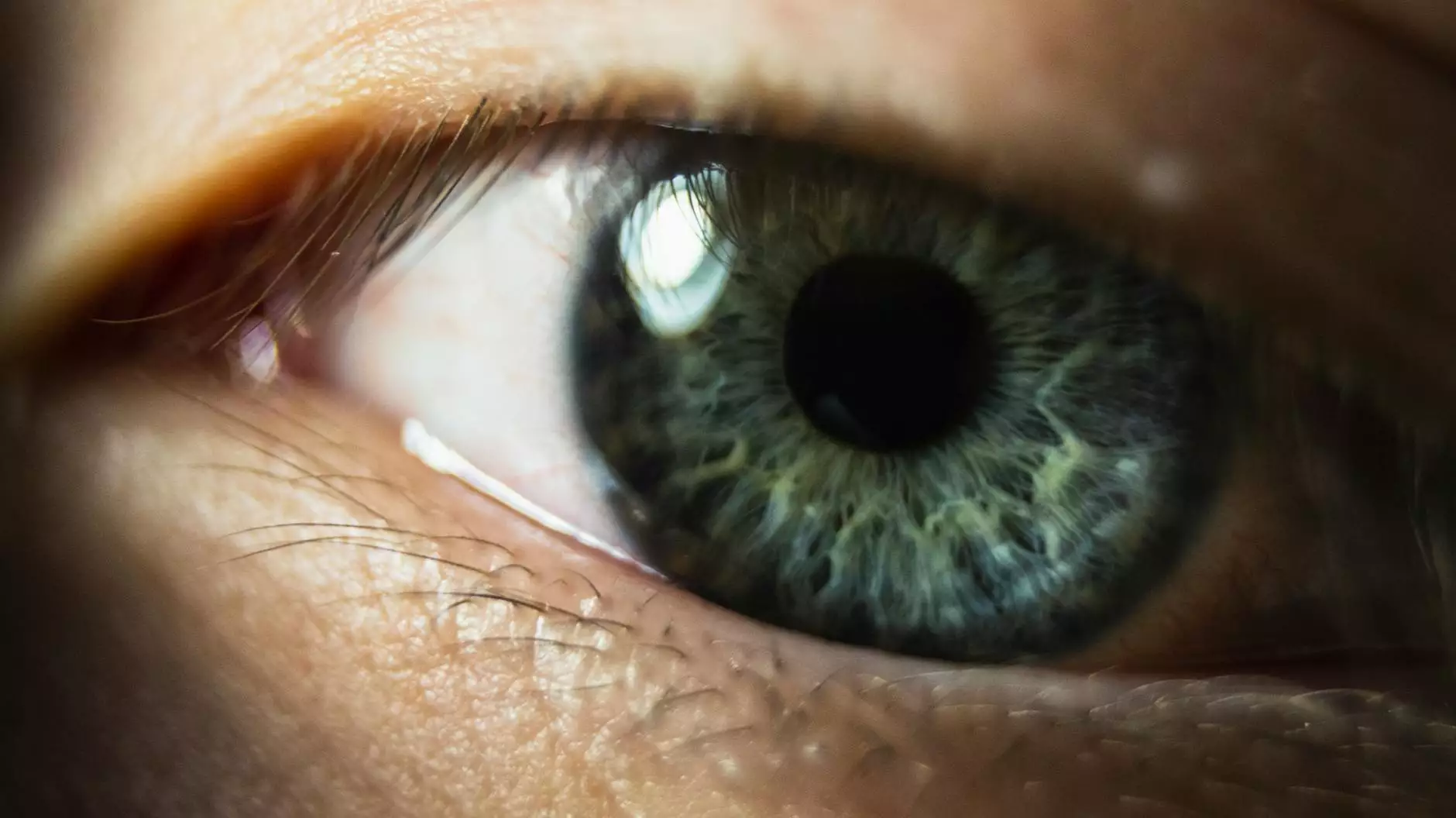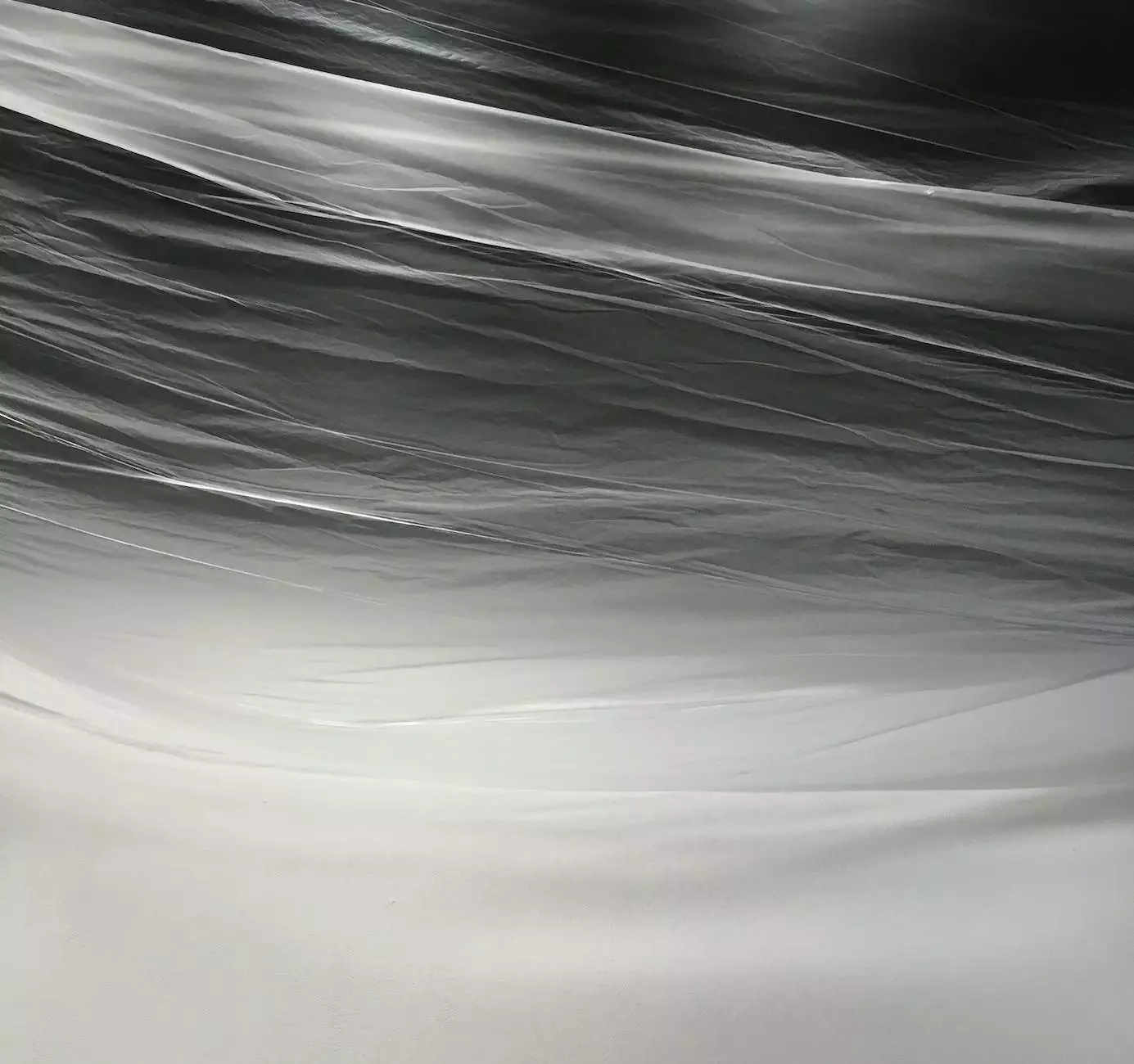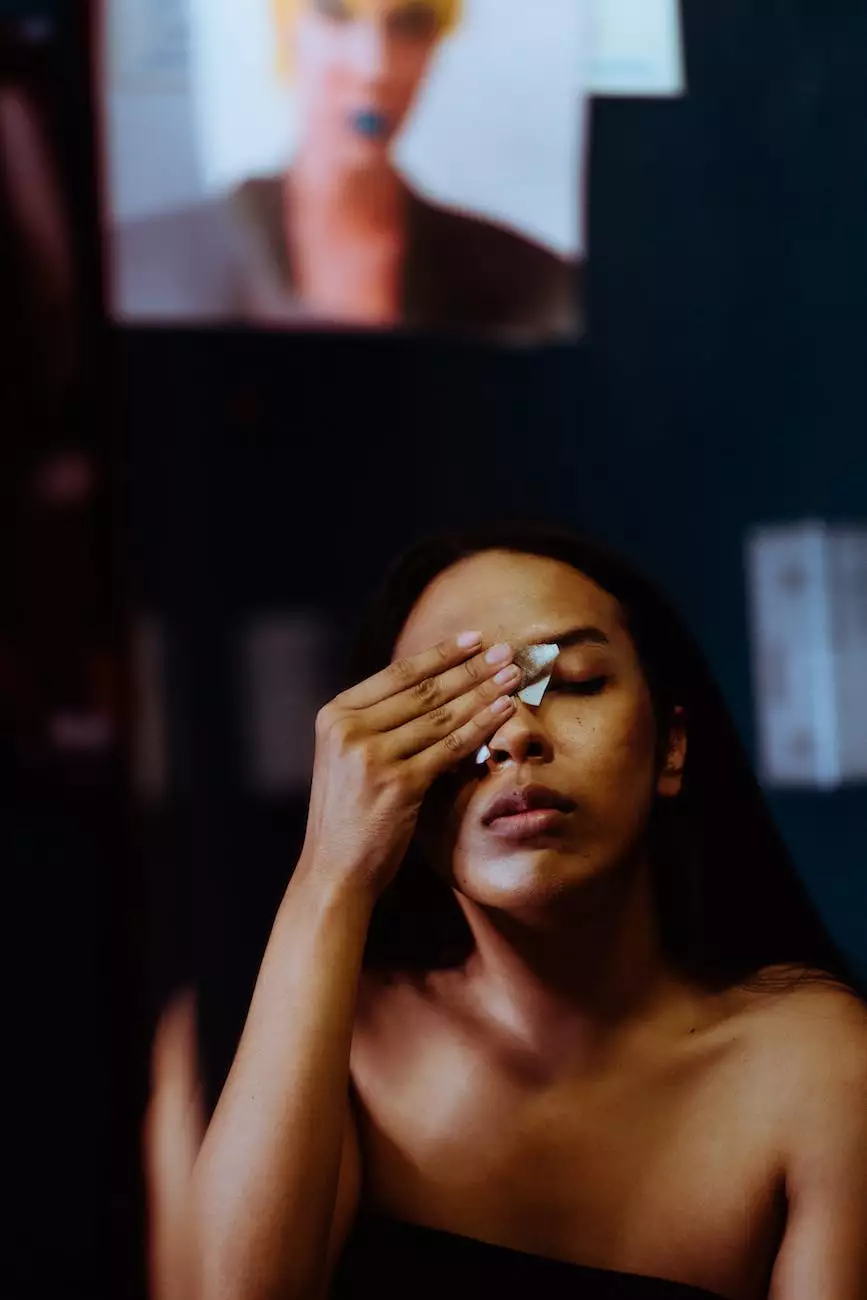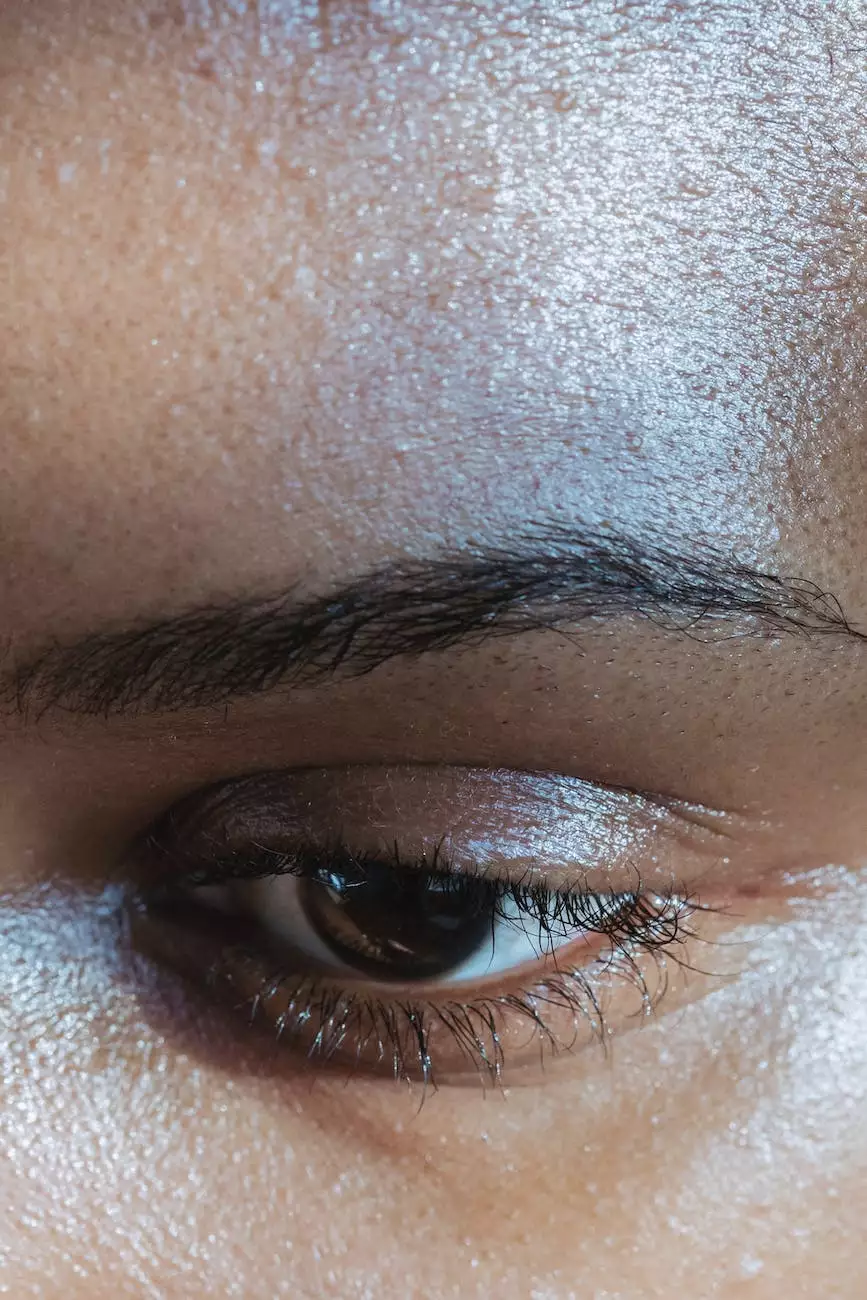Blocked Tear Duct Surgery - Dacryocystorhinostomy (DCR)

At Foley James D MD, we offer expert reconstructive oculoplastic surgery, including Dacryocystorhinostomy (DCR), to treat blocked tear ducts. If you are experiencing issues with your tear drainage system, DCR surgery may be the recommended solution. Our skilled team, led by Dr. Foley James, is dedicated to providing top-quality care and ensuring optimal outcomes for our patients.
Understanding Blocked Tear Ducts
A blocked tear duct, medically known as nasolacrimal duct obstruction, occurs when there is an obstruction or narrowing in the tear drainage system. This can result in excessive tearing, recurrent eye infections, and discomfort.
Blocked tear ducts can be caused by various factors, including congenital abnormalities, trauma, infections, tumors, or age-related changes. The symptoms can vary from mild irritation to chronic tearing and may significantly impact your quality of life.
What is Dacryocystorhinostomy (DCR)?
Dacryocystorhinostomy (DCR) is a surgical procedure performed to bypass the blocked tear duct and create a new drainage pathway for tears to flow from the tear sac into the nasal cavity. This procedure can effectively alleviate the symptoms associated with a blocked tear duct and restore proper tear drainage.
The DCR Procedure
During a DCR procedure, Dr. Foley James will make a small incision near the inner corner of the eye and create a new channel between the tear sac and the nasal cavity. This channel allows tears to bypass the blocked portion of the tear duct and flow freely into the nasal cavity, preventing overflow and reducing symptoms.
The surgery can be performed under local or general anesthesia, depending on your specific needs and preferences. Dr. Foley James will discuss the anesthesia options and help you choose the most appropriate one for your comfort and safety.
Benefits of DCR Surgery
Opting for Dacryocystorhinostomy (DCR) surgery can provide several benefits, including:
- Improved tear drainage, reducing excessive tearing
- Alleviation of recurrent eye infections
- Decreased eye discomfort and irritation
- Enhanced overall quality of life
The Recovery Process
Following a DCR surgery, it is essential to follow Dr. Foley James' post-operative instructions carefully. This includes keeping the surgical area clean, using prescribed eye drops or ointments, and attending follow-up appointments to monitor your healing progress.
Most patients experience some swelling, bruising, and mild discomfort, which can be managed with the recommended pain medications and cold compresses. It is normal to have a temporary silicone tube placed to maintain the new tear duct opening during the initial healing phase. Dr. Foley James will provide you with detailed instructions on how to care for the tube and when it will be removed.
Contact Foley James D MD for a Consultation
If you are seeking relief from a blocked tear duct, trust our experienced team at Foley James D MD. Dr. Foley James has vast expertise in reconstructive oculoplastic surgery and can effectively diagnose and treat your condition. Contact our clinic today to schedule a consultation and take the first step towards improved tear drainage and enhanced eye health.
Disclaimer: The information provided in this article is for informational purposes only and should not be considered as medical advice. Please consult with a qualified healthcare professional for an accurate diagnosis and appropriate treatment options.










